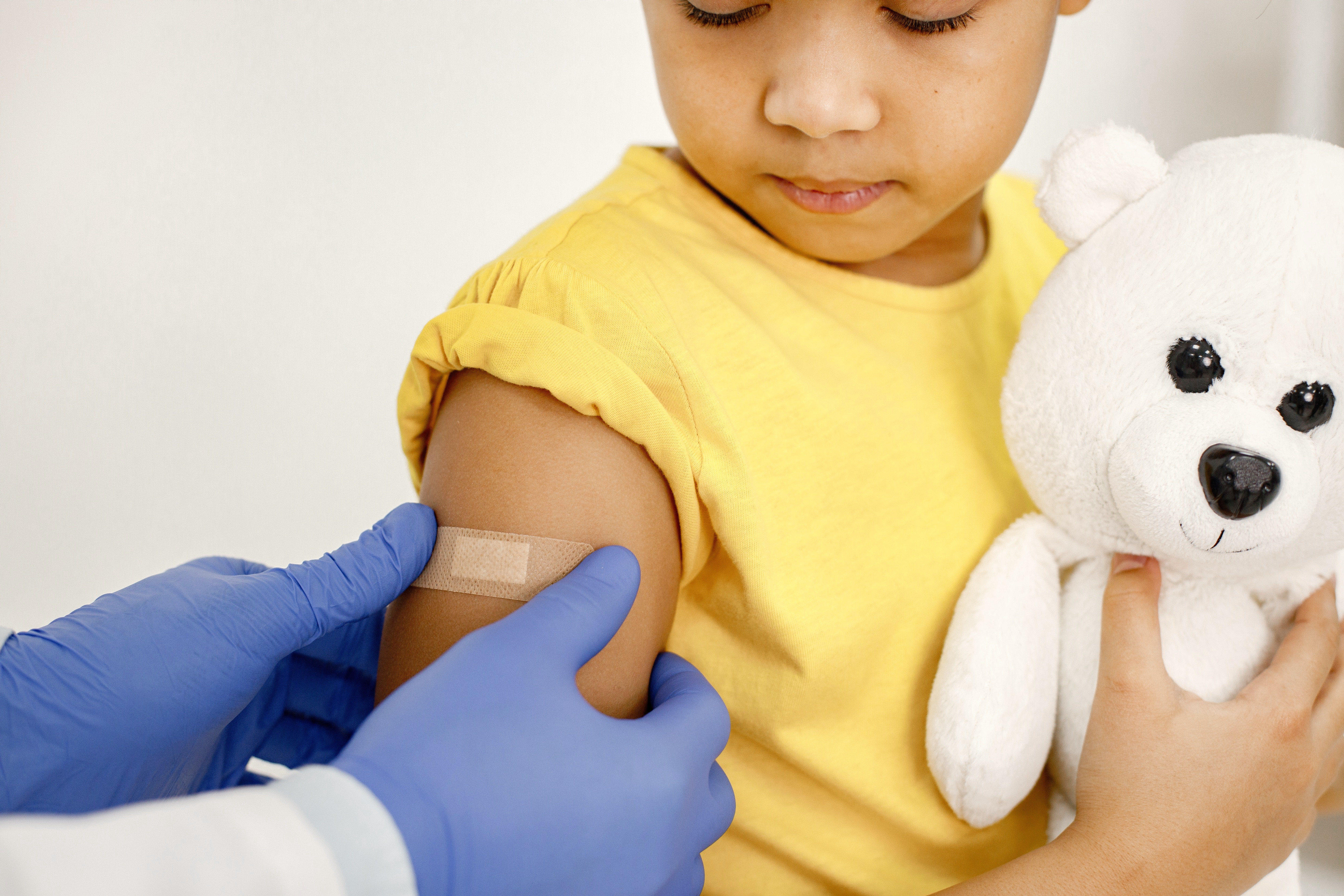Flu Singapura adalah istilah populer yang sering digunakan untuk merujuk penyakit hand, foot, and mouth disease (HFMD). Di beberapa wilayah di Asia, istilah ini umum digunakan walau tidak secara resmi diakui oleh institusi kesehatan.
HFMD adalah penyakit yang lebih umum ditemukan pada anak-anak di bawah usia lima tahun. Namun, penyakit ini sebenarnya juga bisa menyerang orang dewasa. Apa yang menyebabkan anak-anak terkena flu Singapura?
Kenali Gejala Flu Singapura
Penyakit HFMD atau flu Singapura memiliki gejala awal mirip seperti flu biasa. Gejala tersebut bisa berkembang menjadi ruam dan lepuhan. Anak-anak yang terinfeksi flu Singapura dapat mengalami sebagian atau seluruh gejala. Adapun gejala flu Singapura adalah sebagai berikut:
- Hidung tersumbat
- Demam
- Sakit tenggorokan
- Perasaan tidak enak badan
- Sakit perut
- Kehilangan selera makan
- Rewel pada bayi dan balita
- Pembengkakan pada kelenjar getah bening
- Munculnya lesi seperti lepuhan di lidah, gusi, dan bagian dalam pipi
- Munculnya ruam di telapak tangan, telapak kaki, dan terkadang di bokong. Ruam ini tidak terasa gatal namun melepuh
Gejala-gejala tersebut biasanya akan hilang dalam waktu 7-10 hari, namun pada anak-anak di bawah usia 2 tahun gejala membutuhkan waktu yang lebih lama untuk hilang.
Penyebab Anak Mudah Tertular Flu Singapura
Flu Singapura (HFMD) merupakan penyakit yang menular. Penyakit ini disebabkan oleh virus-virus dari keluarga Enterovirus, terutama Coxsackievirus A16 dan Enterovirus 71.
Virus-virus ini dapat ditularkan melalui kontak dengan cairan tubuh yang terinfeksi, seperti ludah, lendir hidung, cairan dari lepuh-lepuh, dan tinja orang yang terinfeksi. Virus-virus tersebut mampu hidup di tinja selama berminggu-minggu, bahkan setelah ruamnya hilang.
Anak-anak, terutama yang berusia di bawah 5 tahun, lebih mudah tertular flu Singapura karena beberapa alasan, di antaranya:
Sistem kekebalan yang belum matang
Sistem kekebalan tubuh anak-anak masih berkembang dan belum sepenuhnya matang. Inilah mengapa anak-anak lebih rentan terhadap infeksi virus, termasuk virus yang menyebabkan HFMD.
Kontak sosial yang intensif
Anak-anak sering berinteraksi dengan intensif di lingkungan tempat tinggal, sekolah, penitipan anak, dan tempat bermain. Tempat-tempat tersebut mungkin tidak sepenuhnya bebas dari kuman sehingga meningkatkan risiko penularan penyakit dari satu anak ke anak lainnya.
Kurangnya kebersihan
Anak-anak kecil mungkin belum sepenuhnya memahami pentingnya menjaga kebersihan, termasuk mencuci tangan secara teratur atau menghindari kontak dengan benda-benda yang berisiko terkontaminasi. Akibatnya, anak menjadi lebih rentan terhadap penularan flu Singapura.
Keterbatasan vaksin
Saat ini belum ada vaksin yang dapat mencegah penyakit HFMD sehingga anak-anak tidak memiliki kekebalan terhadap penyakit ini melalui vaksinasi.
Untuk mencegah anak-anak mudah tertular flu Singapura atau infeksi lainnya, sebaiknya ajarkan anak untuk mencuci tangan dengan sabun dan air bersih secara teratur. Anjurkan pula anak-anak untuk menghindari kontak langsung dengan orang yang sedang sakit. Ajarkan anak-anak menutup mulut dan hidung dengan tisu saat batuk maupun bersin, kemudian membuang tisu dengan benar setelah digunakan.
Tidak ada obat khusus yang dapat menyembuhkan flu Singapura. Apabila anak menunjukkan gejala flu Singapura, Anda bisa memberinya obat penurun demam agar anak merasa lebih nyaman. Jaga agar anak tetap terhidrasi melalui air putih yang cukup, jus buah atau makanan berkuah. Anda bisa berkonsultasi dengan dokter kami apabila memiliki pertanyaan lain seputar flu Singapura, melalui aplikasi Ai Care yang bisa diunduh di App Store atau Play Store.
Mau tahu informasi seputar kehamilan, menyusui, kesehatan wanita dan anak-anak? Cek di sini, ya!
- dr. Monica Salim
Mayo Clinic (2022). Hand-foot-and-mouth disease. Available from: https://www.mayoclinic.org/diseases-conditions/hand-foot-and-mouth-disease/symptoms-causes/syc-20353035
Cleveland Clinic (2023). Hand, Foot and Mouth Disease. Available from: https://my.clevelandclinic.org/health/diseases/11129-hand-foot-and-mouth-disease
CDC (2023). Symptoms of Hand, Foot, and Mouth Disease. Available from: https://www.cdc.gov/hand-foot-mouth/about/signs-symptoms.html
The Royal Children's Hospital Melbourne (2018). Hand, foot and mouth disease. Available from: https://www.rch.org.au/kidsinfo/fact_sheets/hand_foot_and_mouth_disease/
Nationwide Children's Hospital (2023). What Is Hand, Foot and Mouth Disease?. Available from: https://www.nationwidechildrens.org/conditions/hand-foot-mouth-disease
Claire McCarthy, MD (2023). Boosting your child's immune system. Available from: https://www.health.harvard.edu/blog/boosting-your-childs-immune-system-202110122614











